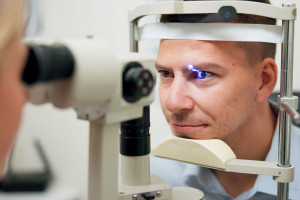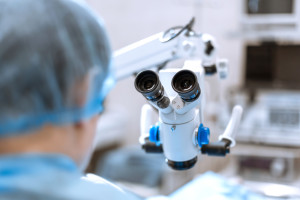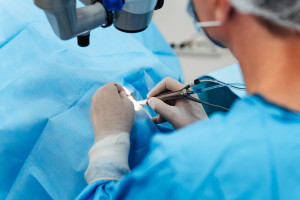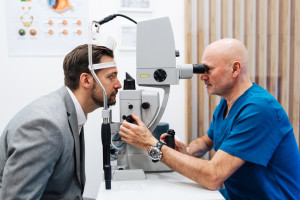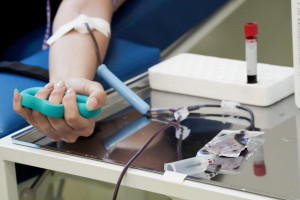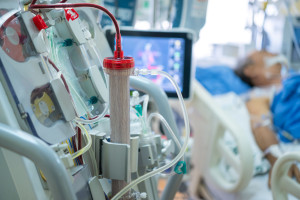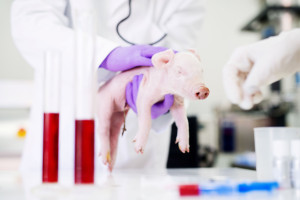Scientists Use 3D Printing. It Could Be a Breakthrough in Diabetes Treatment

Scientists from an international group led by a team from Wake Forest University have taken a big step towards transplanting pancreatic islets, obtained in a laboratory. They spoke about their achievement during the ESOT 2025 congress.
The islets in question are clusters of insulin-producing cells in the pancreas. In the experiment, they were produced using a 3D printer.
In addition to the cells, the researchers used a special bioink made from alginic acid and decellularized pancreatic tissue. The islets functioned for three weeks, efficiently producing insulin.
The authors of the method explain that until now (in rare cases) pancreatic islets taken from a donor were transplanted into the liver . The islets developed in the new method could be transplanted under the skin through a small incision.
This is a much safer and more comfortable method for the patient.
- Our goal was to recreate the natural environment of the pancreas so that the transplanted cells would survive and function better. We used a special bioink that mimics the structure of the pancreas, giving the islets the oxygen and nutrients they need to function - explains Quentin Perrier, the author of the experiment.
The key was also to develop very gentle printing conditions - including low pressure and low speed. This helped to preserve the natural shape of the islands.
In the tests conducted , over 90 percent of the islets survived , which efficiently responded to glucose and secreted the hormone. Importantly, the islets retained their structure, which was usually difficult to achieve in previous, similar attempts.
- This is one of the first studies using live human islets, rather than animal ones, and using bioprinting. The results are really promising. It means we are getting closer to creating an easily accessible diabetes treatment that could one day eliminate insulin injections, says Dr. Perrier.
Now, the researchers are testing their invention on animals and investigating the possibility of long-term storage of islets, for example in cryogenic conditions. They are also working on the use of stem cells and cells from pigs, so that the therapy could be independent from donors.
- Although there is still much work to be done, our new bioprinting method represents a key step towards personalized, implantable therapies for diabetes. If confirmed in clinical trials, it could revolutionize treatment and quality of life for millions of people around the world, concludes Dr. Perrier.
This is not the only report regarding progress in diabetes treatment.
In the second half of June, during the 85th Congress of the American Diabetes Association (ADA) in Chicago, it was announced that patients with severe type 1 diabetes, insulin-dependent, had been cured thanks to a new therapy containing stem cells.
Just one injection of stem cells was enough to eliminate the need for insulin in 10 of the 12 patients treated in this way after a year, said the study's lead author, Prof. Trevor Reichman of the University Health Network in Toronto.
In the remaining two patients, insulin doses could be significantly reduced. The study was published simultaneously in the latest issue of the New England Journal of Medicine.
Copyrighted material - reprint rules are specified in the regulations .







